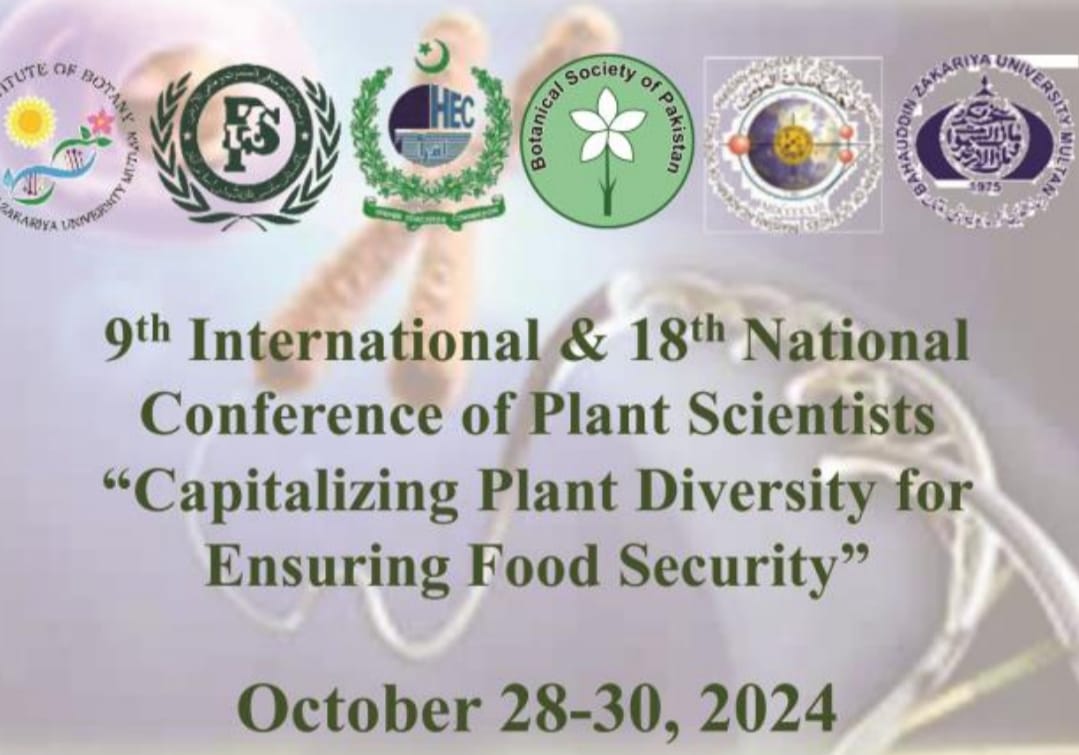
PJB-2021-104
Effect of grazing exclusion on soil bacterial community links with variations in soil properties but not in vegetation characteristics
Qing-Rong Huang, Han-Wen Deng, Lei Ji, Yu-Meng Lu, Zi-Jie Wang, Yong-Chul Park, Yan-Lin Sun and Soon-Kwan Hong
Abstract
Soil bacterial community plays an important role in soil nutrient cycling, and its diversity has become the key indicator for evaluating soil health, and understanding climate changes, ecosystem resistance, resilience, and functional redundancy. However, the effects of grazing exclusion, as the commonly used soil management strategy for degraded grassland restoration, on soil bacterial community often obtain inconsistent conclusions from different trials. In order to clarity the effects of grazing exclusion on soil bacterial community, we selected a 36 years grazing exclusion area (GE) and three free grazing areas (FGs) with different grazing intensities in Xilingol Grassland of Inner Mongolia, China, and examined the biomass, composition, and diversity of soil bacterial community, together with their corresponding vegetation and soil properties, to further understand the driving factors of soil bacterial community changes. Our results showed that grazing exclusion had no significant effect on the abundance and diversity of total soil bacterial community, but it did change the composition of soil bacteria, especially increasing the abundances of the phyla Diapherotrites and Gemmatimonadetes. In addition, grazing exclusion significantly increased vegetation aboveground biomass, litter mass, soil N stock and the availabilities of K and P, but reduced vegetation diversity. The correlation between soil bacterial communities and their environmental factors suggested that soil bacterial communities closely linked with soil available potassium (AK), and available phosphorus contents (AP), but not with vegetation characteristics. However, the soil properties were closely affected by vegetation characteristics. Therefore, our study suggested that soil bacterial communities mainly responded to the changes of soil properties directly, but also indirectly affected by the changes of vegetation diversity and biomass. Our results would provide new insights for the restoration evaluation of degraded grasslands
To Cite this article: Huang, Q.R., H.W. Deng, L. Ji, Y.M. Lu, Z.J. Wang, Y.C. Park, Y.L. Sun and S.K. Hong. 2022. Effect of grazing exclusion on soil bacterial community links with variations in soil properties but not in vegetation characteristics. Pak. J. Bot., 54(6): DOI: http://dx.doi.org/10.30848/PJB2022-6(13)
Download PDF


